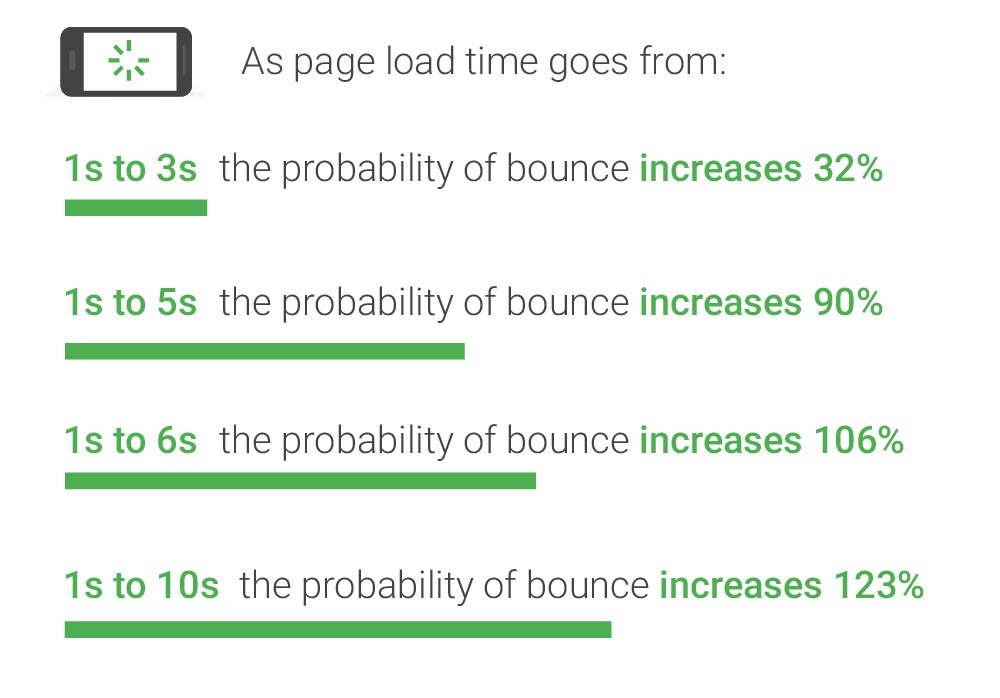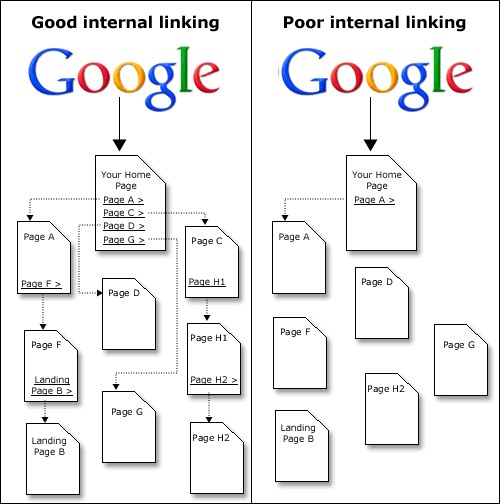5 Ways to Gain More Website Traffic for Small Business via SEO

While Google’s algorithms change all the time, there is one thing that doesn’t – the need for more traffic. The average conversion rate across industries is around 2%. That means that for every 1,000 visitors, you get around 20 customers. The math is simple – the more visitors, the more revenue you can earn from content you create like online courses and other educational materials.
No matter what kind of business you run, more visitors is always a good idea since you can convert them into customers for your business. Here are a few easy, actionable strategies for getting more traffic to your website.
Focus on the right keywords
Instead of writing content for keywords with super high search volume, go for lower-hanging fruit. Most (content) marketing managers I know out there have a few criteria for keywords they want to optimize for. These need to have:
- High search volume
- Low difficulty
- High intent (likelihood that someone will buy something when they search for it)
The problem is, finding keywords that fit all three criteria can be incredibly difficult, especially if you’re in a highly competitive niche. Keywords that a lot of people search for can be really hard to rank for and pretty often, they don’t convert really well.
Instead of giving up, do what you can and focus on keywords you can rank for. We switched our strategy around and now we target keywords with lower volume (100 – 1,000 searches per month), lower difficulty (keyword difficulty under 10 in Ahrefs) and a higher intent for conversions.
The results are excellent. Instead of writing an article for a competitive keyword, we write one for a keyword with less competition. It’s easier to rank and we actually get more conversions too.
Improve your website load speed
How does your loading speed affect organic traffic? It does by quite a lot, actually.
In 2020, the average website takes around 6-7 seconds to load. While that sounds great, even that is too much and you should aim for 4 seconds. The reason is pretty simple – long loading times deter visitors from your website and you’ll find it hard to make anyone browse your website if it takes too long to just open it. In fact, research shows that every one second of delay decreases customer satisfaction by as much as 16%. If you have a website that takes 10 seconds to load, you can only imagine how many visitors are slipping away because of your poor loading speed.
It goes even further than that. In a snowball effect, poor user experience (caused by long loading times) will have an effect on your SEO. Google and other search engines see the time spent on your website as a major user experience factor. The longer someone stays on your website, the better your website is and the higher it will be placed in search engine results. In that way, your load speed can be a major ranking factor for SEO.
While there are some things in your website design that you can do on your own to decrease your page load speed, such as shrinking your images, there are others which are more advanced. If you’re struggling, I suggest hiring an experienced SEO or a website developer to help you out.
Improve your internal links
Besides content marketing and SEO for purposes of getting external links, you also need to work on internal links. Your internal link structure will ensure that you’re pointing your visitors towards the right pages on your website once they are already there.
Before setting out to write a blog post, think of the relevant pages that you want that post to lead to. Every piece of content you create should somehow be connected to a relevant landing or product page on your website. Not only are internal links good for SEO, but they are great for user experience too if done right. After all, your main purpose is to “hook” the reader to stay on your website as long as possible.
Write a guest blog or two
It may seem like getting guest blog opportunities is tough, but with the right pitch sent to the right person, you can land as many opportunities as you want. A guest post will not only get you a backlink to your site, but you will also gain more traffic from the posts you get published.
Guest posting is one of the oldest tricks in the SEO book and with so many people offering cheap guest posts on spammy PBN websites, I wouldn’t blame you if you think that it no longer works. However, it’s a genuine way to get a host of benefits for your website. These include:
- Backlinks
- Interest for your product/service based on the content you write
- Traffic from the guest blog you write
If you take the time to hand-pick the websites where you want to publish a guest post and write a personalized, relevant pitch, there is a high likelihood that your guest post will get accepted and published.
Make your site responsive
Over 50% of all internet traffic nowadays comes from mobile. Ensure that your website works flawlessly on all devices, including mobile, so that you can lower your bounce rate even more and get more visits and sales.
There is no rocket science here. We spend more time on our phones every day and we expect mobile websites to look and feel great, even better than the desktop versions. While most modern website themes come with a mobile version, there are still websites out there which are not responsive, i.e. they don’t display the same on each device.
Research shows that 57% of internet visitors wouldn’t recommend a website with a poor mobile experience, so get to work. This is one of those areas where it’s best to hire an experienced developer to handle the work. If you’re starting a website from scratch, make sure it’s fully optimized for different devices.
Conclusion
While we spend so much of our time online every day, it seems like getting new website visitors is getting more difficult. However, there are only a few things that you have to do to ensure the best experience for people who come to your website. Use these bits of advice and watch as your traffic soars every month!



